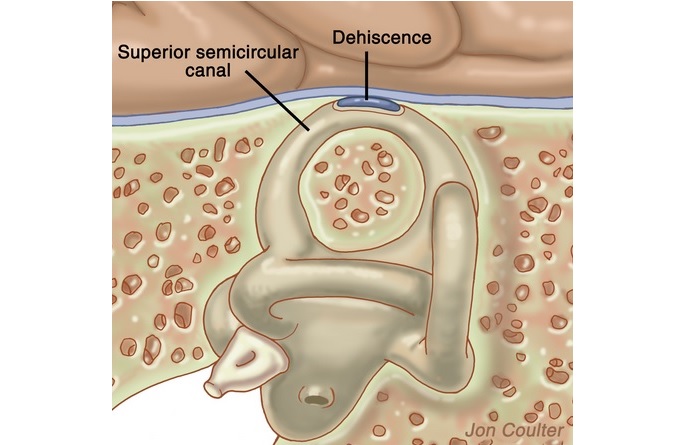Along with our partner, the Hearing Health Foundation, we are excited to announce our Emerging Research Grant for this 2016. It goes to Xiying Guan, Ph.D., of the Massachusetts Eye & Ear Infirmary and Harvard Medical School. He will be studying hyperacusis caused by abnormalities in auditory mechanics, or “conductive hyperacusis,” which involves the perception of sounds and vibrations transmitted through the body. We have a particular interest in diagnostic tools like the intracochlear pressure measurement, which can give insight into whether or not changes have occurred in any type of hyperacusis. We are extremely grateful for our donor support which made this grant possible. Below is a full description of this important research project:
 Xiying Guan, Ph.D.
Xiying Guan, Ph.D.
Massachusetts Eye and Ear, Harvard Medical School
Hyperacusis caused by abnormalities in auditory mechanics.
Compared with hyperacusis stemming from neurosensory issues, conductive hyperacusis has the potential for treatment. Recently, surgical treatment for hyperacusis by changing the mechanics of surrounding structures of the inner ear show mixed results, with some patients experiencing worse symptoms after surgery.
Although these “experimental” surgical treatments in patients are increasing, the mechanisms of conductive hyperacusis are not well understood, and scientific research targeting this problem is lacking. This study aims to understand how mechanical changes in fresh cadaveric specimens with similar gross mechanics as the living can influence the cochlear input drive (an estimate of hearing), resulting in hyperacusis. Our novel intracochlear pressure measurement technique will allow the monitoring of the cochlear input drive as we manipulate the mechanics surrounding the inner ear.
Guan received his Ph.D. in bioengineering from University of Oklahoma. He is currently a postdoctoral research fellow of Eaton-Peabody Laboratories at Massachusetts Eye and Ear and in the Department of Otolaryngology at Harvard Medical School.


I have hyperacusis and also autophony which appears to me (not diagnosed by a rather ineffectual ENT 19 months ago but thoroughly researched) to be due to a patulous Eustachian tube (left side only. (I was a Biology teacher, a good scientist and hence reliable.) I also have long-standing Sjogren’s Syndrome (46 years) but all other symptoms of this disease in me are bilateral. I have an appointment to see a neurontologist (Melbourne, Australia)in Feb but wondered if you are aware of a connection between hyperacusis and autophony as both conditions have worsened over the past few months. I cannot find any information on this. If you have a minute to reply I would be grateful.